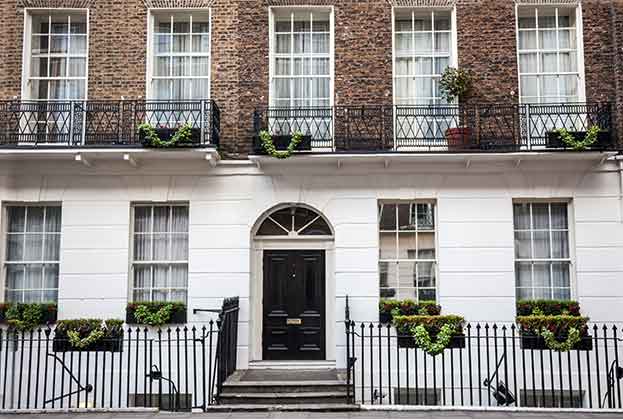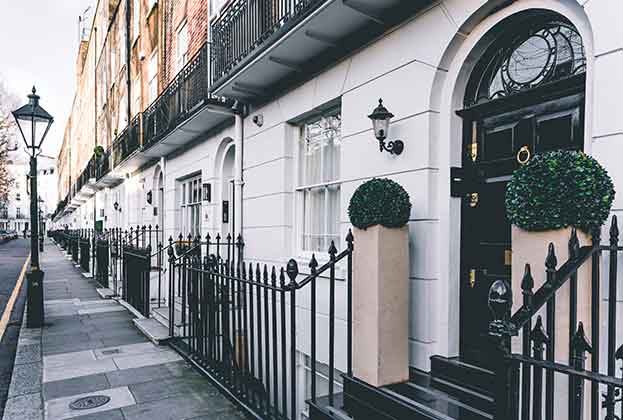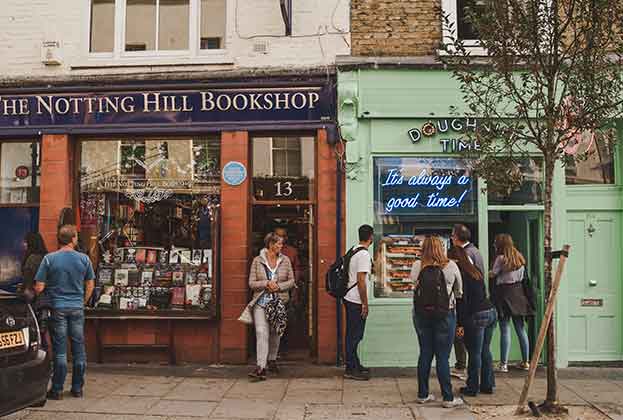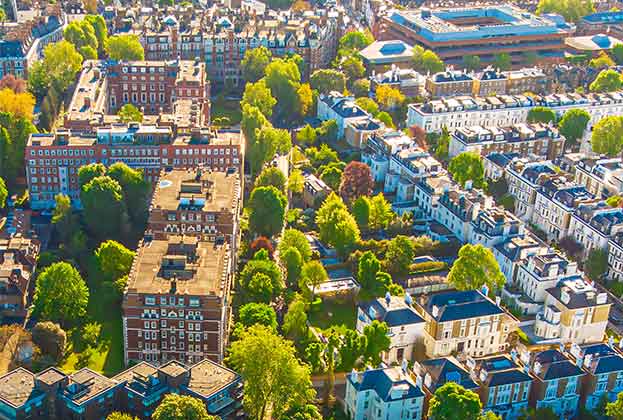Three trends facing the capital’s prime markets: positive prospects for prime central London, demand for outer London houses, and measuring up to New York
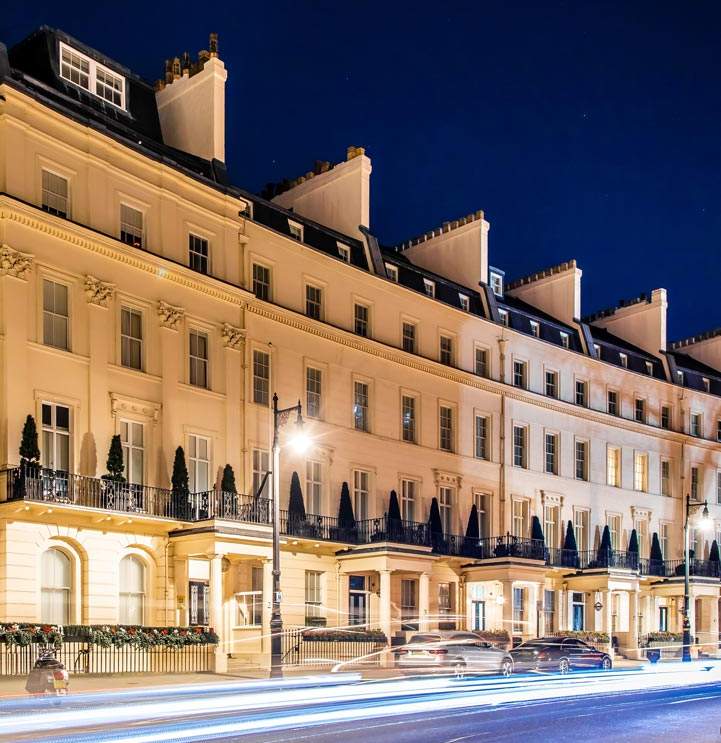
Back in the first quarter of 2020 it looked as though the prime housing market of central London was stirring from a slumber that had lasted five-and-a-half years. Prices had more than adjusted for increased taxation and much of the political uncertainty – which delivered a further sedative from mid-2016 – appeared to be clearing.
But despite prices being 20% below where they were in 2014 (and a further currency play for US$ buyers), Covid did few favours for a primarily discretionary market, driven by wealth from around the globe. The pandemic brought an unfamiliar quiet to the streets of central London and severely restricted international travel. The unprecedented surge in activity seen in other parts of the prime housing market side-stepped central London in the second half of 2020.
However, the fact that levels of activity have returned to those seen pre-pandemic gives confidence that the pandemic has more likely delayed the waking of the giant rather than send it back into a deep sleep.
Though sterling has appreciated a little, underlying prices have not moved significantly one way or the other. Despite the introduction of a 2% non-resident buyers stamp duty surcharge, prime residential property in central London continues to look good value in both a historical and international context. Unusually strong market activity in April (see chart, below) suggests this has not dampened buyer appetite.
The sense that a recovery is imminent has been helped by the EU and the UK inching towards a post-Brexit financial services agreement. But more fundamentally, levels of wealth among the global ultra-high net worth community have been quickly restored on the back of continued wealth generation in the tech and life sciences sectors. This, as much as anything, underpins our expectation of a price recovery as international travel restrictions ease.
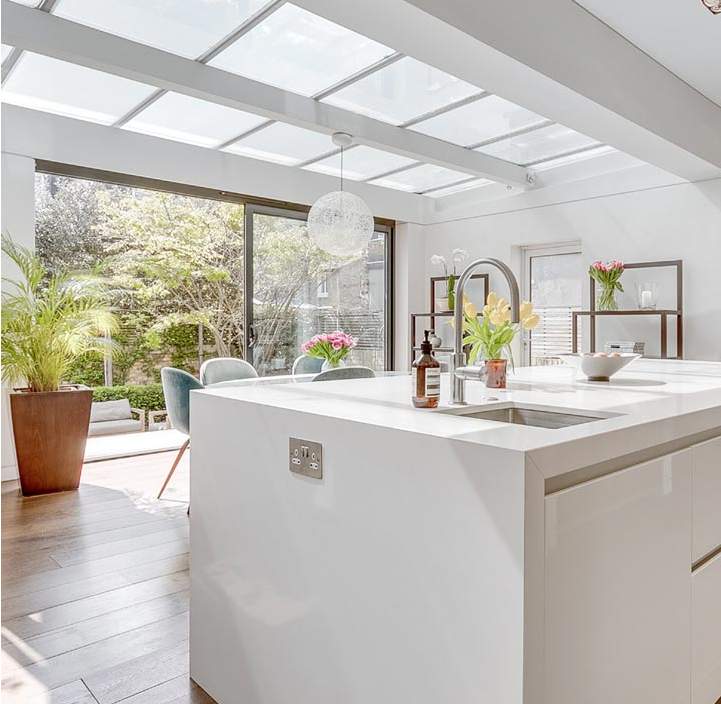
During the second half of 2020, levels of transactional activity in London’s more domestic £1 million market were 62% higher than in the same period of 2019. This is despite the general view that London buyers were flocking to the country.
While they were not at the heady levels seen in the country, they still reflect a healthy level of demand from needs-based buyers looking for more space along London’s wealth corridors. This means that London still accounted for 39% of the country’s market above £1 million.
In recent months we have seen signs that the focus of those looking to upsize is slowly shifting back towards the capital
Kirsty Bennison, Director, Residential Research
With thoughts turning to life in a post-pandemic world, in recent months we have seen signs that the focus of those looking to upsize is slowly shifting back towards the capital. In the first quarter of 2021, London accounted for a slightly increased proportion of all £1 million+ sales. At 43%, it was still a little less than its pre-pandemic share. However, in March, £1 million+ transaction levels beyond central London had risen to 74% above those in the same month of 2019.
In part, this reflects the shortage of stock available to buy in the commuter zone and beyond. This has been less evident in London, giving buyers greater choice and meaning there hasn’t been the same upward pressure on prices. As a result, sellers have had to keep their price expectations in check to secure competitive bidding.
For those looking for more space, other considerations have come into play, such as the practicality of the commute (whether full or part time) and competition for school places. Such practical matters are likely to mean that, whatever the appeal of an escape to the country, London’s share of the prime market is likely to continue its gradual recovery over the next 12 to 24 months.
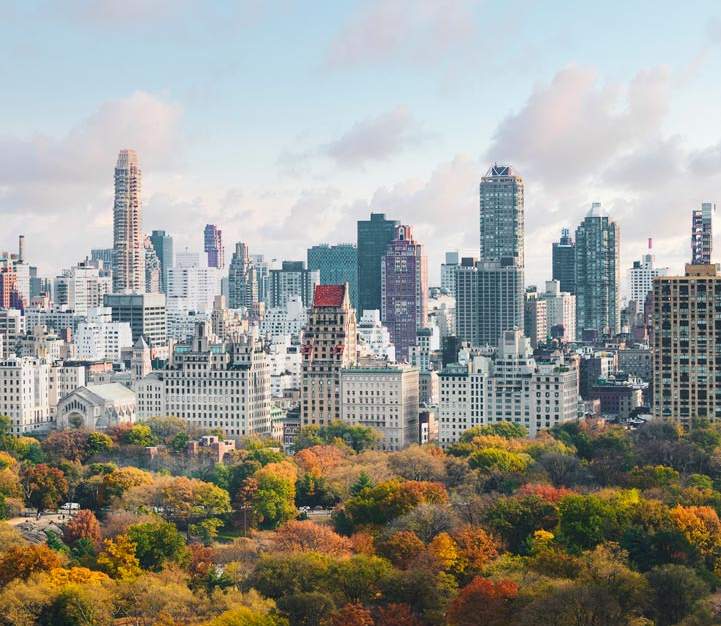
What has been the effect of the pandemic in London and New York?
Both cities have inevitably been impacted by lockdown, with many seeking refuge in the Home Counties or Hamptons, and international buyers unable to travel. But with vaccines across the UK and US being more widely rolled out and lockdowns easing, demand is starting to return to both cities.
What other factors have been at play?
Apart from Covid-19, both London and New York have had their fair share of challenges over the past five years. Taxation has been one factor. For London that has been changes to stamp duty, the latest of which is the 2% surcharge for non-domiciled buyers, while New York introduced a mansion tax in 2019. Political uncertainty in both markets has also subdued transactions and prices.
How have those factors shaped both markets?
In New York, transactions over $5 million have been on a downward trend since 2016, with prices falling 7.0% over the past four years, according to Savills Prime World Cities Index. This compares with a similar decline in super prime transactions in London and average price falls across the wider prime London market of 9.9% since 2014.
What happened last year?
Despite the challenges, London proved more resilient in 2020. Transactions over £5 million were 12% higher than in 2019, while sales over $5 million in 2020 in New York fell by 37% on the year before, reflecting a lack of international demand and high supply in the new build market. Likewise, prime prices in New York fell by 0.4% while London saw growth.
How has the new build market performed in London?
The new build market above £5 million was even stronger than the second-hand market, with sales up 26% on 2019. The super prime new build market continued to increase its share of the market. Above £20 million, 40% of sales were new build. This has been driven by landmark schemes across Mayfair and Chelsea which offer buyers the highest specification and amenities.
What has been the impact of exchange rates on demand?
London has increased its attractiveness to US buyers fuelled by the currency advantage US dollar buyers have had since the EU referendum. North American buyers in London almost doubled between 2016 and 2019, with hotspots surrounding schools in areas such as St John’s Wood, Holland Park and Knightsbridge.
As the world returns to some semblance of normality how will these two cities fare?
Both markets are likely to see a boost as pent-up demand from international buyers is released with the relaxation of travel. This is already being seen in the strength of activity in the first four months of 2021. Though completed sales fell back, reservations in London’s new build super prime market were up 6% on the same period in 2020, with the average price up 13%. Similar activity is building in New York.
London is expected to continue the recovery that was on the cards at the beginning of 2020, with forecast growth of 3% this year before greater growth in 2022. But New York is expected to take longer to see recovery, with the amount of supply at the top end suppressing growth, and price falls forecast to continue over the next year.
Despite this, with interest rates remaining low both cities will continue to be attractive – particularly for cosmopolitan buyers who are ready to get back to city living.
For more information, please contact your nearest London office or arrange a market appraisal with one of our local experts.
Read the articles within Report: Prime UK Residential – spring/summer 2021 below
.jpg)
